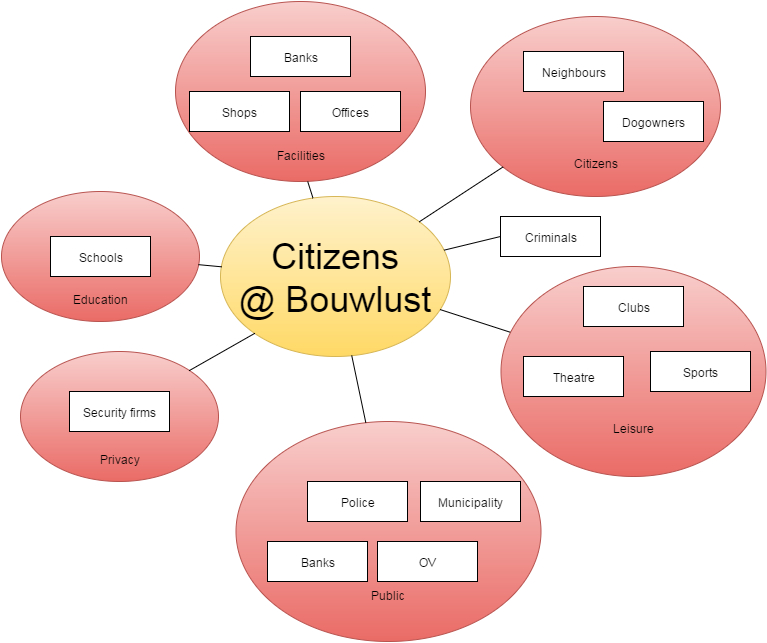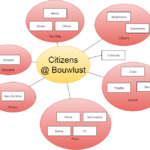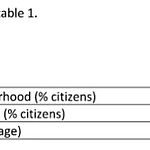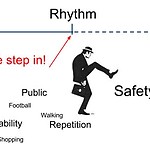We investigated data from Den Hague in Cijfers regarding the neighborhood in Bouwlust, Den Hague. Based on the data, we found out that social cohesion in Bouwlust is less than the average of the whole city. A main reason is because there are more than fifty different nationalities living together which triggers cultural clashes among each other.
Another reason is that most inhabitants are unemployed or have low income, thus they do not have time to socialize. We have actually visited Bouwlust twice and we noticed that there is nothing to be proud of about this area. For example, lack of a local football team, famous building, monument and so on. With nothing to be proud of, inhabitants are not likely to get together regularly which leads to decrease in social cohesion. We want to increase social cohesion in order to achieve a safer neighborhood in Bouwlust.
However it is likely that inhabitants are not willing to do something in order to increase those two factors because people normally think that this kind of problem should be solved by government or police. In other words, it is hard to solve this problem directly but it is possible to solve it indirectly.
Many stakeholders are involved as well such as police, municipality of Den Haag, school, facilities and leisure clubs. We consider inhabitants of Bouwlust is the most important stakeholder because they are the one who decide whether they feel safe or not.
It is crucial that we take into account about rhythm which is about daily activities happening in public such as walking with a dog, playing football with friends, shopping in morning and etc. When there is unstable rhythm, people are likely to feel unsafe. We came up with a project which helps to increase stable rhythm in order to increase security in neighborhood in Bouwlust. Security is a determinant factor of social cohesion.



